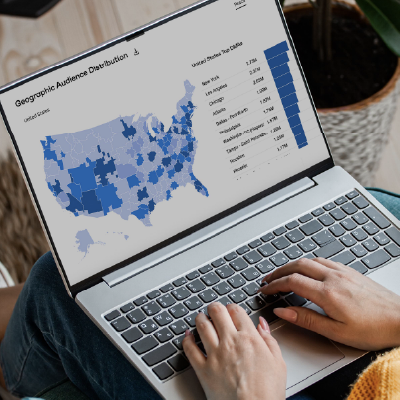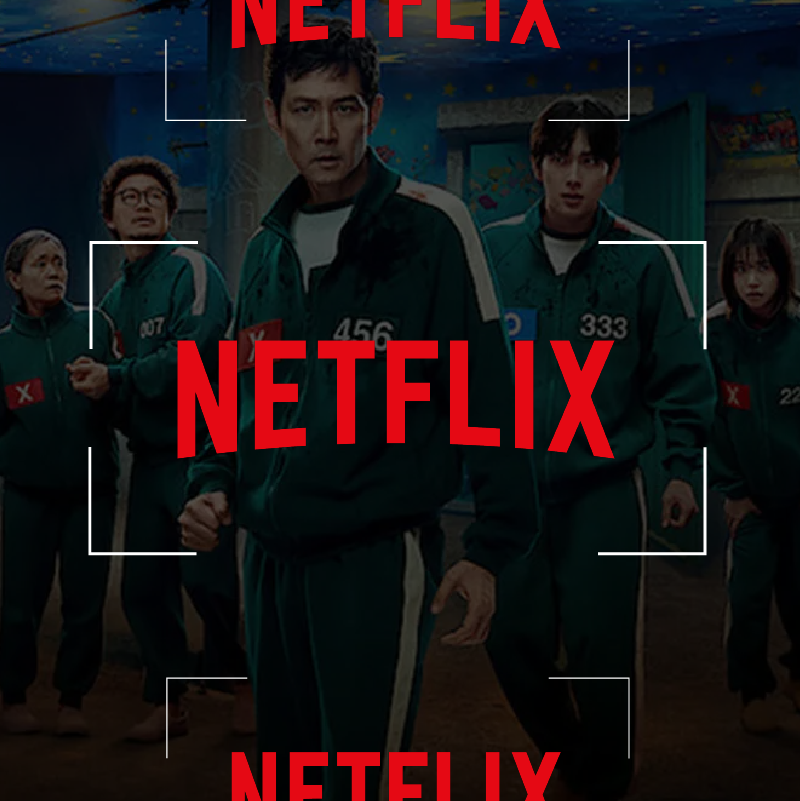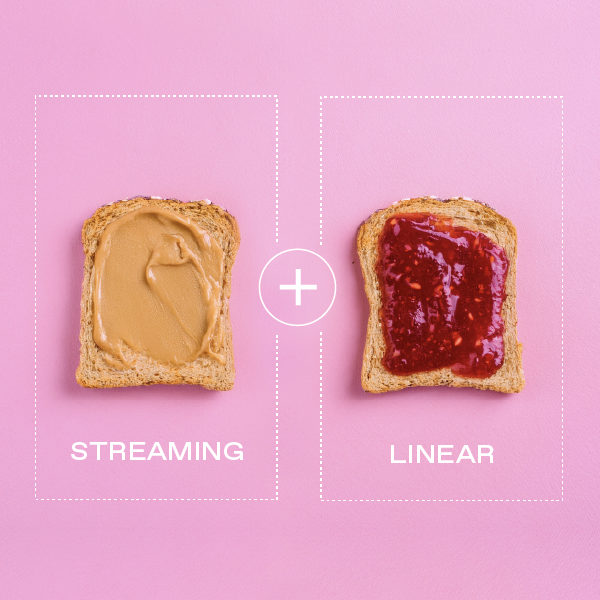
TV Device Graphs Are Not (Yet) Ready For Prime Time
Until recently, television was considered an offline medium. Not anymore. Thanks to automatic content recognition technology and the shift to streaming TV, whether mobile, PC or connected TV, we have access to IP-level data on viewing experiences and ad impressions. In a mere five years, TV advertising has turned from an offline into an online medium.
This shift has brought challenges and opportunities to TV advertising measurement. Traditional measurement models using baseline plus lift are losing steam, especially with most streaming TV being on-demand, and are being replaced by IP-matching methodologies. In such an approach, marketers try to match the IP address of the ad impression with the IP address of a responder who, for example, made a website purchase or installed an app. This framework can be further augmented by focusing on incremental visits from TV and sharpening the measurement in a way where TV only gets credit for the net new visitors or buyers it delivers.
As simple as it may sound, IP matching is not trivial, and many wrenches get thrown into the spokes. For starters, IP addresses cycle in a household. By the time a TV viewer responds to an advertisement, such as 10 days later, the IP address may have changed and led to a mismatch. Second, the internet is still working its way through the switch from IPv4 to IPv6, an updated protocol that allows far more devices to be connected to the internet. A commercial may be delivered on an older smart TV running IPv4, but the viewer may visit the brand using an iPhone X running IPv6.
Third, there’s the basic human behavior, which I am most culpable of myself: watching ads at home and checking the advertiser the next day during a break at work, which has a different WiFi and IP address.
The list goes on, and it clearly suggests that IP matching is ripe for improvement. In comes the concept of a device graph.
Device graph data helps marketers understand what devices belong to the same person or household. They come in all flavors and sizes, some deterministic (we know for a fact that Philip owns one Mac, two tablets, a mobile phone, a Vizio TV and an LG TV, all of it put together using a small curated panel), some probabilistic. (We are not sure the devices above are truly held by Philip, but we can reasonably assume so based on his usage across time, place, sites, etc.)
A perfect device graph has the potential to solve IP matching woes instantly since it allows the marketer to match based on devices, not the IP addresses. As such, a device graph will reveal that I am actually the same person who saw the ad at home on an LG TV and responded to it at work on my Mac.
This is, sadly, where the magic ends: Today, device graph technology for TV measurement does not work well. There are two main reasons.
First, device graphs were mainly built in the digital realm, allowing marketers to (re)target people on other devices. The graph was tuned for coverage; it’s better to have more devices potentially connected to a person than only the correct ones. If a retargeting impression was falsely delivered, it was not problematic and, if anything, may even unlock a new unexpected responder. For TV measurement purposes, precision – being sure that a device is owned by the same person – is much more important and makes for accurate measurement. Not all device graphs can be tweaked from coverage to precision, at least not overnight.
Second, most TV viewing – as much as 79%, according to Hulu – still happens in the living room on a flat-screen TV. However, device graphs were never built for connected TVs. As a matter of fact, unlike most of our other electronics, TVs do not even expose a device ID or other unique, constant identifier and are far more difficult to fingerprint than a phone or laptop. That makes it so much harder to include them in an existing device graph, which, again, was built for digital. It will take time for vendors like Oracle, Tapad, Drawbridge, Experian or LiveRamp to get there.
In every opportunity lies a challenge. The device-matching solutions in the market today have moved the industry into a much better place than where we were just five years ago, when TV was stuck in the offline world, but by no means are they perfect.

Philip Inghelbrecht
I'm CEO at Tatari. I love getting things done.
Related
A Marketer’s Guide to Geo-Based Incrementality Testing
Geo-based incrementality testing reveals the true impact of your ads by comparing sales across targeted and untouched regions. It’s a powerful way to measure lift and efficiency—no cookies, just real-world results.
Read more
What Marketers Should Know About Netflix Advertising (Before You Buy)
Netflix has officially entered the ad game—and with its unmatched viewership and new live sports deals, it's changing the rules. Discover what this means for your brand, and how to tap into premium audiences without wasting your media dollars.
Read more
Why Linear + Streaming Work Better Together
When one advertiser shifted from a dual-channel TV strategy to streaming-only, performance quickly declined. See what happened when they turned linear back on.
Read more


